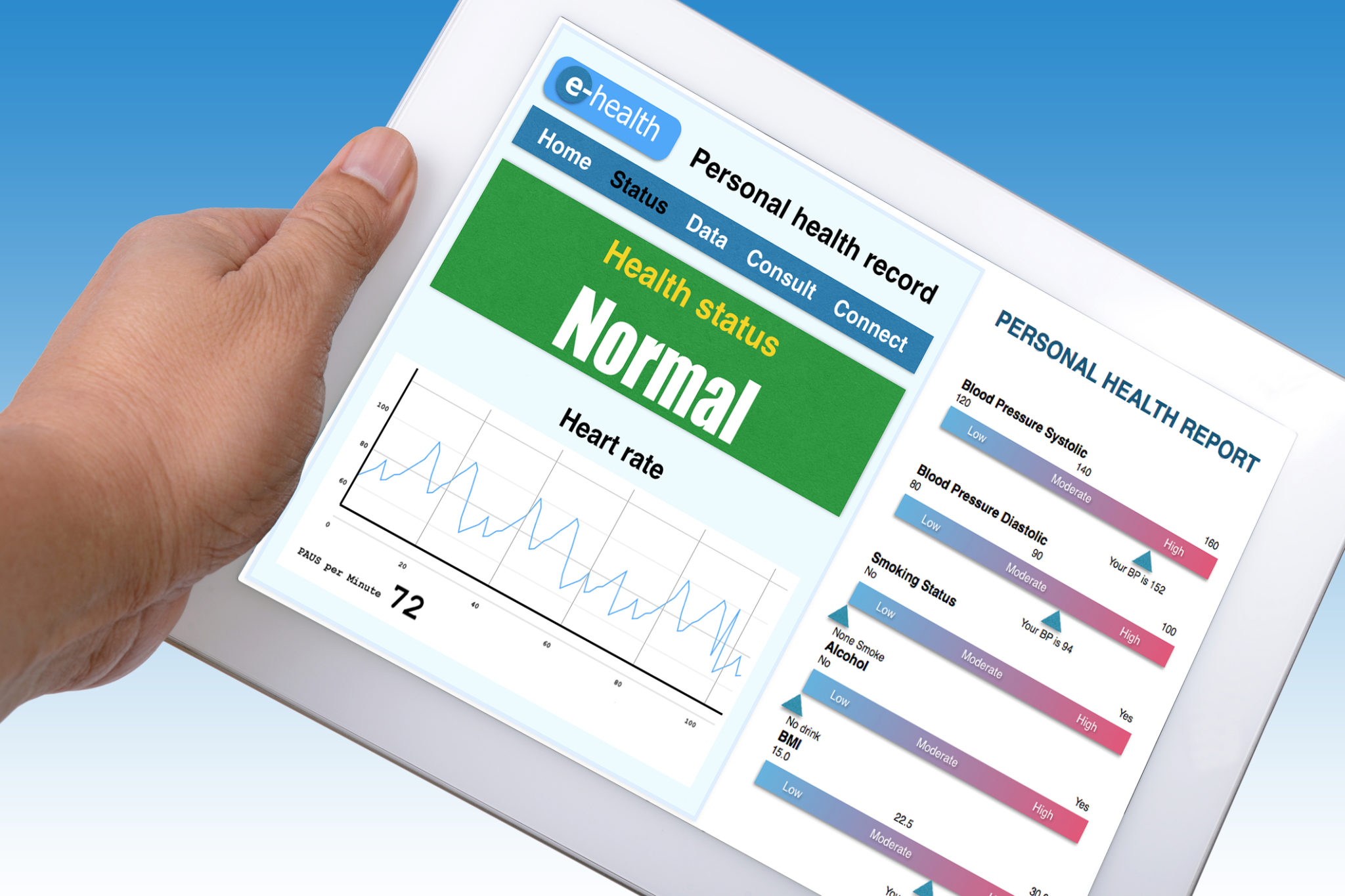Unique identifiers will lead to a reduction of patient matching challenges

If you are a follower of this blog, then you will know how huge a problem patient matching challenges actually are for the whole healthcare industry. As the health systems are brainstorming workarounds to make sure patient matching is increased, they should also keep in mind some other factors. According to a report from Pew Charitable Trusts, if the industry wants to ensure that patient matching errors are eradicated or at least substantially reduced, they should focus on developing robust data standards and patient engagement alongside the search for an effective patient identification system.

But why should it matter? According to the researchers, they have found positive correlations between patient matching errors and adverse effects. To put it simply, if a health system cannot match a patient correctly to his/her existing medical record, then problems like rising costs, medication errors, and adverse patient experiences will take place. Thus, patient matching is not an issue which can be underestimated. Concerns such as data integrity failures, lack of clean records, and patient mix-ups can all lead to patient identification errors and disrupt the patient experience as well as threaten patient safety. For example, if patient A has heart disease and patient B has kidney complications, and their records somehow got mixed up, then both of them will receive improper care, which could be fatal. Such mix-ups usually occur because of common names, demographics, addresses, as well as the format of the data stored within the EHRs of the patients. Formatting refers to how a health system saves the data and how many data fields it uses. For example, one health system may keep email addresses, whereas another one may not.
Another example can be a health system saving the full name of a patient in a single data field, whereas another may use three fields to save first, middle, and last names of the patients. Due to such errors, interoperability is generated as well. Other issues which cause patient matching errors can be incomplete or blank data.
The research said that if common elements used by all the health systems were to be standardized, that is, the data is entered using a standard guideline rather than each health system doing so independently, these patient matching errors would decrease by a considerable amount. However, this may not reduce patient mix-ups between individuals with common characteristics like names and addresses, as these are still bound to happen.
Another suggestion the research made was that active patient participation is needed to ensure that they are correctly identified and matched with their appropriate record. However, patients can sometimes absentmindedly or inadvertently choose a wrong record, while in other cases, the hospital staff may do it on their behalf and create a whole new record for the patient, known as a duplicate ID.
The third and most effective suggestion the research made was to emphasize on using a unique patient identifier, something along the lines of RightPatient, that is, biometric patient identification systems. The study has shown that such a system helps in improving accurate patient identifications. The research further stated that biometric modalities are unique, cannot be counterfeited, and have excellent potential in the healthcare industry. They also found that hundreds of health systems have widely utilized some form of biometric patient identification system, and among them, one health system stated that over 90% of their patients accepted to use their biometrics to be identified since it is easy to use as well as accurate. Both the providers of healthcare as well as the receivers agreed that biometrics are helping to reduce patient matching challenges.
RightPatient falls in line with the research’s suggestion. It is a biometric patient identification system which uses iris scanning to identify patients. Once a patient’s irises are registered into the system, the data is then integrated with the patient’s health record. All the patient needs to do is look at their camera – RightPatient then accurately matches him/her with the proper ID – it is that easy and convenient. Since it does not require any physical contact, there are no risks for contracting new diseases during the identification process. Even the health systems love RightPatient since, with its help, the physicians can focus more on the patient rather than spend time matching the patient with the correct record, enhancing the patient experience along the way. Over one hundred health systems are using it and have reported that it has reduced losses which they incurred due to patient matching challenges, saving millions of dollars in the process.









Leave a Reply
Want to join the discussion?Feel free to contribute!